Conservation efforts in Africa today face huge challenges. Africa’s human population is forecast to quadruple by the end of the century, and already intensifying pressures around the use of land, water, and natural resources are having an impact on the region’s extraordinary wildlife. The high-level statistics on wildlife decline are now familiar: elephant numbers across Africa declined by a third in the past decade, while lion populations have dropped by 50% over the past 30 years.
Against this backdrop, conservationists have been gathering in London in mid-October, at a conference convened by the UK government, to again discuss how to stop poaching and better safeguard elephants, rhinos, and other wildlife.
While most attention is focused on illegal wildlife trade and wildlife security, on the ground evidence is demonstrating the importance of community-level action.
In order to respond effectively to current challenges, conservationists – including funders and patrons based in northern countries – need to urgently promote and invest in approaches that are delivering conservation impact. Despite the impression created by many media headlines, there are strong grounds for hope that Africa’s wildlife can recover lost ground. Indeed, even while most attention is focused on illegal wildlife trade and wildlife security, on the ground a growing body of evidence is demonstrating the importance of community-level action. An expanding array of local conservancies and other community-based models are delivering results and showing the potential to integrate conservation with local livelihoods and national economic interests.
No country embodies these tenets better than Namibia, where innovative models for conservation developed over the past 30 years have restored wildlife on a remarkable scale. Namibia’s wildlife laws enable local communities to create conservancies, which give communities rights over wildlife use and management in their area. This provides the basis for these conservancies to enter into agreements with tourism or trophy hunting operators, which pay the conservancies directly through joint ventures or concession lease arrangements.
Over 80 such conservancies have been created, covering about 16 million hectares – an area larger than all of Greece. These conservancies now earn nearly $10 million annually from tourism and hunting, making wildlife a growing component of the country’s rural economy and creating incentives for rural communities to tolerate wildlife. Elephant numbers nationwide in Namibia have tripled since 1990 and the country has Africa’s largest population of black rhinos on community lands.



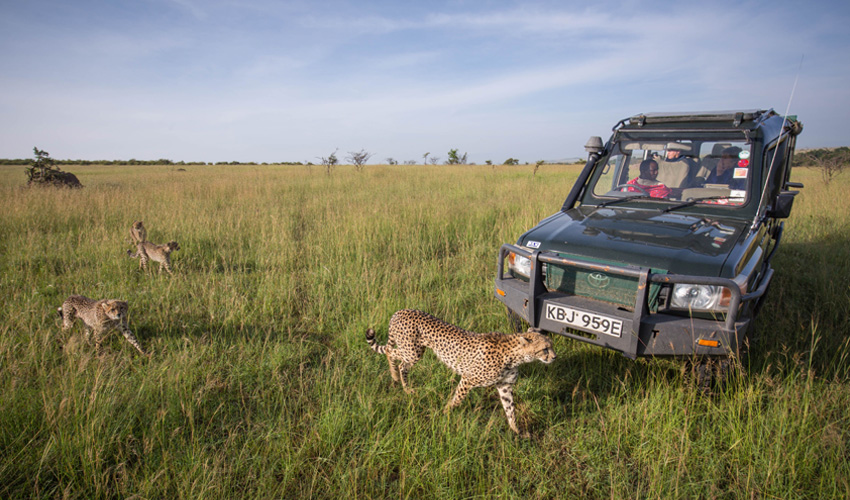
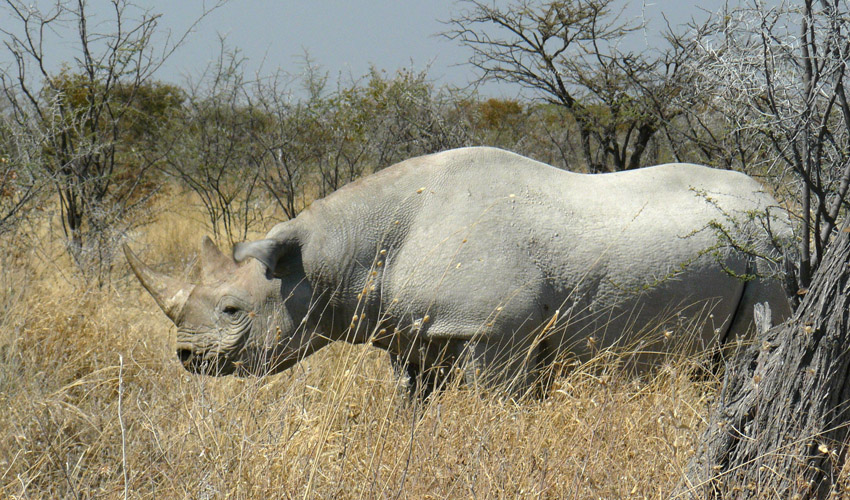
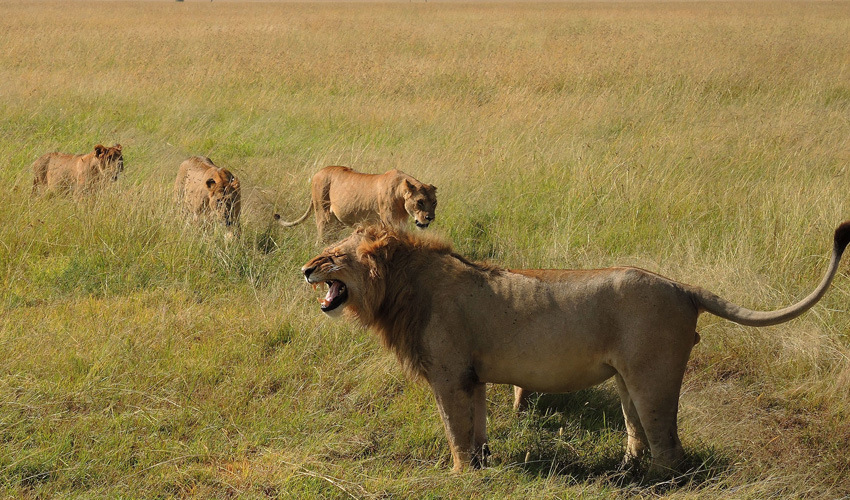

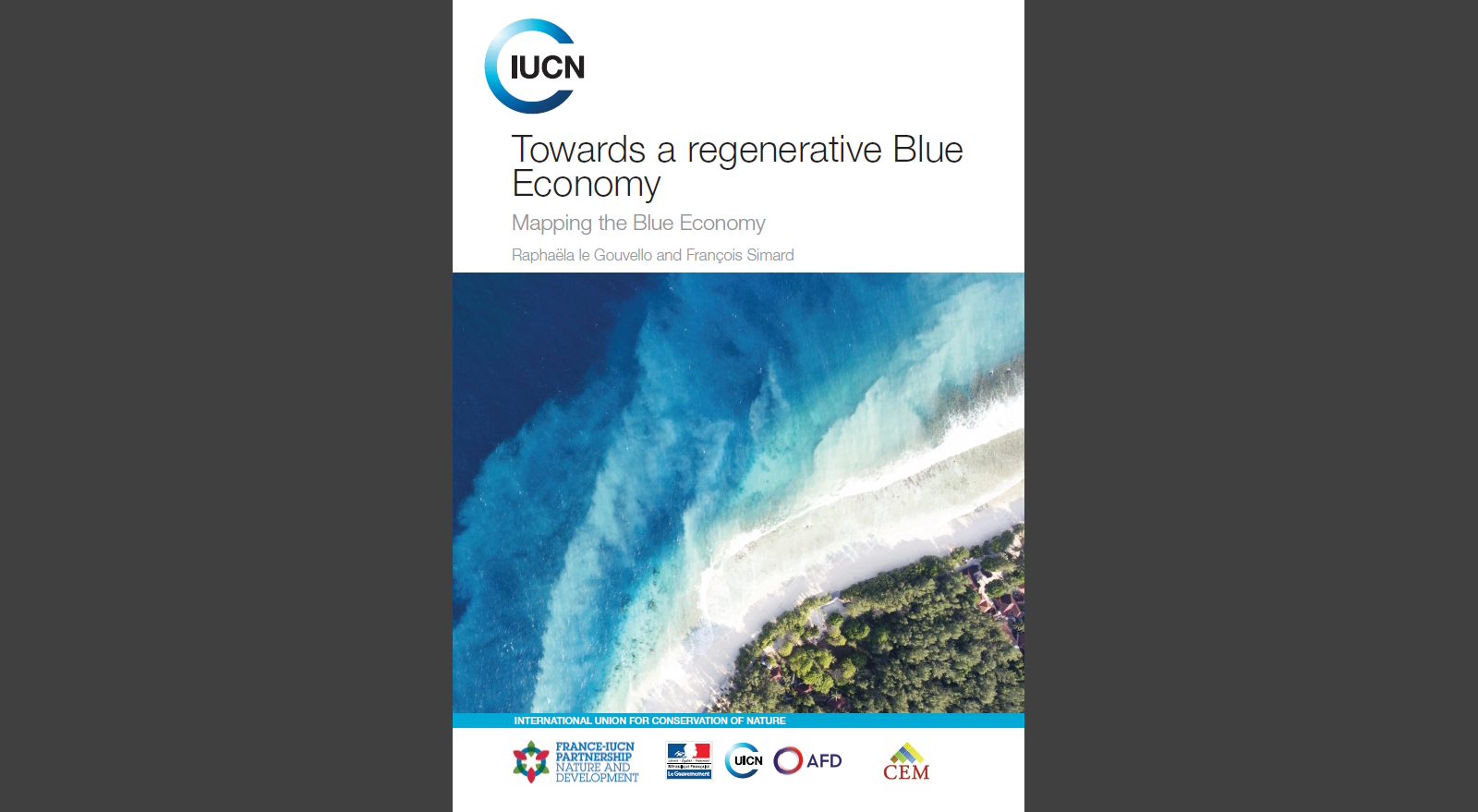
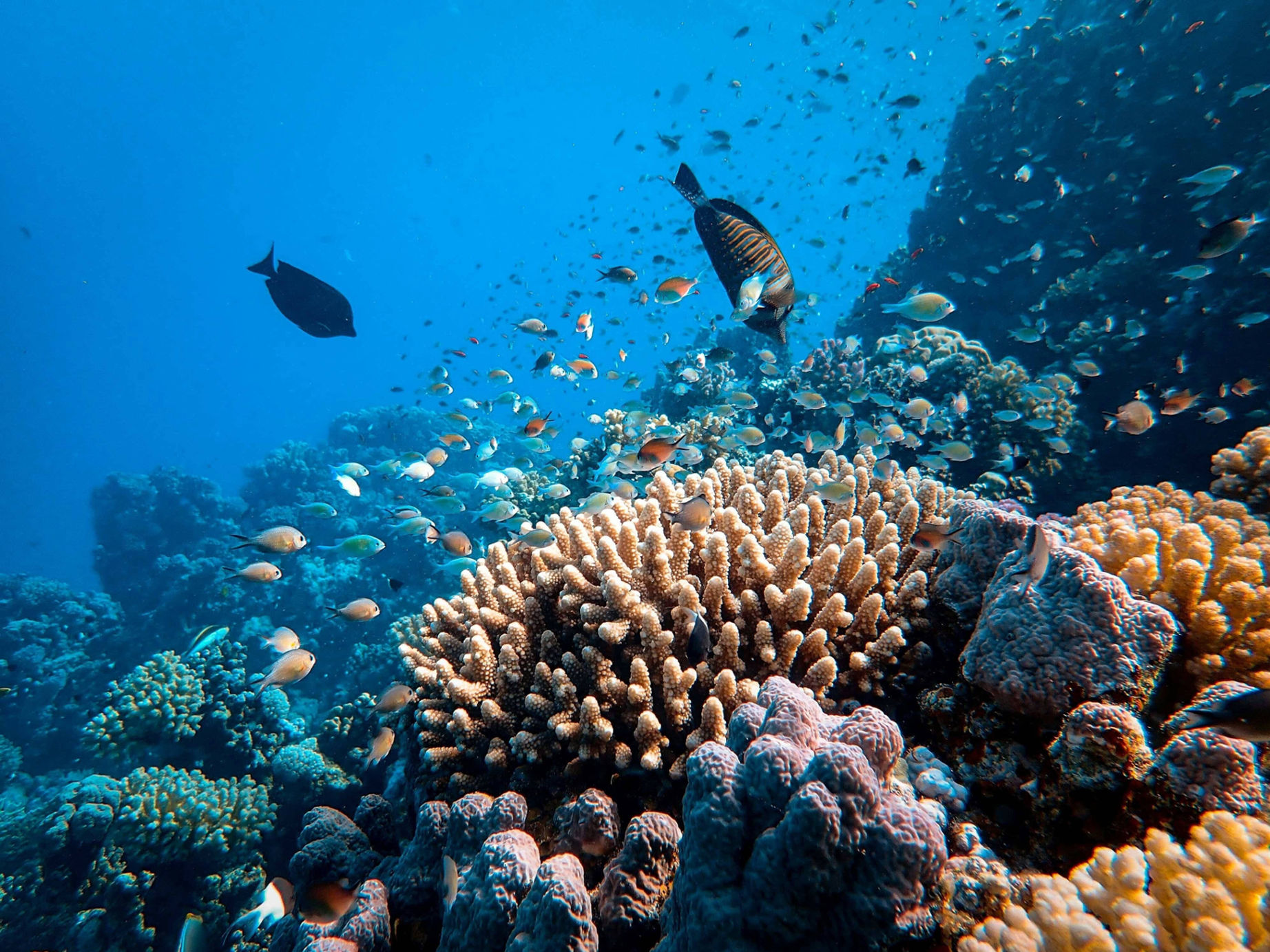

Add new comment